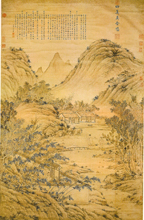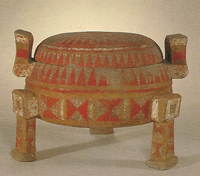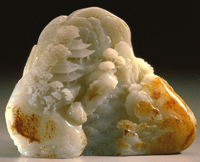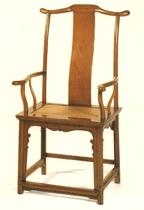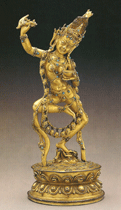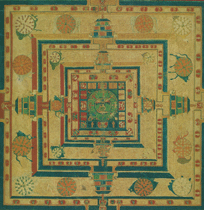BOOKS & ARTICLE BY WEI YANG
Dr. Wei Yang is a lifelong educator and writer on Chinese art connoisseurship and valuation. Over the past ten years, Wei Yang, Ph.D., has been preparing three English reference books on the connoisseurship and Appraisal of Chinese Art (painting and calligraphy, ceramics and jade). Even now, experts and the general public face a dearth of good reference works on Chinese art. Dr. Yang’s books are designed to assist professionals (appraisers, sales agents, legal counsel, consultants) as well as collectors and the general public in mastering the basics, learning the skills and developing expertise in the appraisal of Chinese art. These publications are based on Dr. Yang’s research notes as well as knowledge gained in appraisal assignments over the course of her career. Each book addresses the history and main features of the medium, techniques and materials, cultural traditions, aesthetics and art criticism. The books wed these subjects to a comprehensive, practical, and objective appraisal methodology appropriate to the subject matter and accessible to newcomers. Wei Yang’s three guides cover traditional painting and calligraphy (2022), ceramics (forthcoming) and jade (forthcoming).
Wei Yang’s Guide to Chinese Painting and Calligraphy , 2 volumes (Nankai University Press, 2022; Available on Amazon) is now the standard reference for the appreciation and appraisal of Chinese painting and calligraphy prior to 1949. Focusing on connoisseurship, art criticism, valuation criteria and market trends, it discusses issues fundamental to the identification, dating, ranking and authenticity of classical Chinese fine art. It provides original, workable guidelines for valuing classical Chinese painting and calligraphy. General topics include medium, format, painting techniques, classical scripts, inscriptions, seals and market trends. Most of the book covers biographies and artistic analysis, in chronological format, of 293 leading painters, their signature features or styles and their representative paintings. For each artist, the author explains their personal style, subject matter and evolution over time, as well as market appreciation and recent sales results. Overall, this guide aims to remove the mystery from understanding and appraising classical Chinese painting and calligraphy and to guide the reader through a comprehensible system of professional judgment.
BUY DIRECT: $119/set, including shipping via UPSP media mail for domestic orders; international buyers pay additional postage charges
Pay via PayPal or Zelle to: contact@weiyangart.com
By Check: : payable to "Wei Yang” at 274 Nassau Street, Princeton, NJ 08540
"Five Mistakes in Appraising Premodern Chinese Paintings by Wei Yang," ARM E-Journal 5, no. 1 (2021): 58-62. This article discusses the complexities of traditional Chinese painting, cultural traditions and visual aesthetics. It comments on how to avoid the five most serious errors in assessing the value of classical Chinese paintings and calligraphic works. Some of these problems are particular to Chinese painting, but most crop up in other forms of valuation.
Desert Bloom (Shazaohua de gushi) (Beijing Publishing House, 2021, Wei Yang's Memoir in Chinese, Available on Amazon), is a heart-warming testament to the amazing people who made possible Dr. Wei Yang's journey from the difficulties of the Cultural Revolution (1966-1976) to a career in China, education abroad, and new achievements in the United States. Like others, Wei Yang faced many challenges, beginning with failure in the college entrance exam when she was 16. But owing to the love and support of others, she built a career in art education in China, earned degrees and honors abroad, worked in academia, and founded a successful art consulting and appraisal practice in America. This book offers beautifully-drawn vignettes of family devotion, kindness of friends and support from mentors—in many walks of life and from many cultures. Dr. Yang meets your consulting and appraisal needs with professional dedication. Her objective analysis of your property and its target market is particular important if you have limited knowledge of the art market. A well-researched appraisal report tailored to meet your individual needs will inform you, educate you, and help you achieve your goals with the knowledge of an insider. Dr. Yang provides you with quality professional Chinese art consultation and Asian art appraisal services at a cost you can afford. Because Dr. Yang believes that art owners should have access to quality art consultation and appraisal services and deserve some professional compassion or generosity. Need quality Asian art consultation and appraisal? 
Starting with a preview of your property for appraisal is wise. Preview information is available at Preview My Artwork

